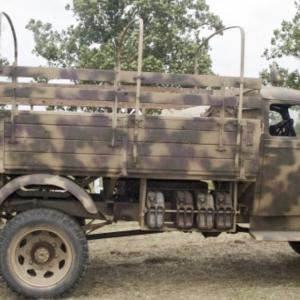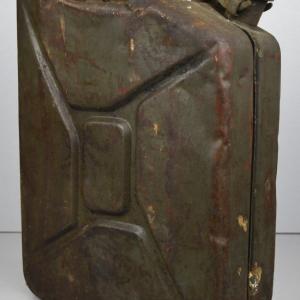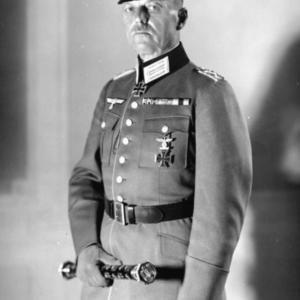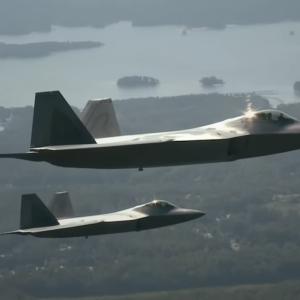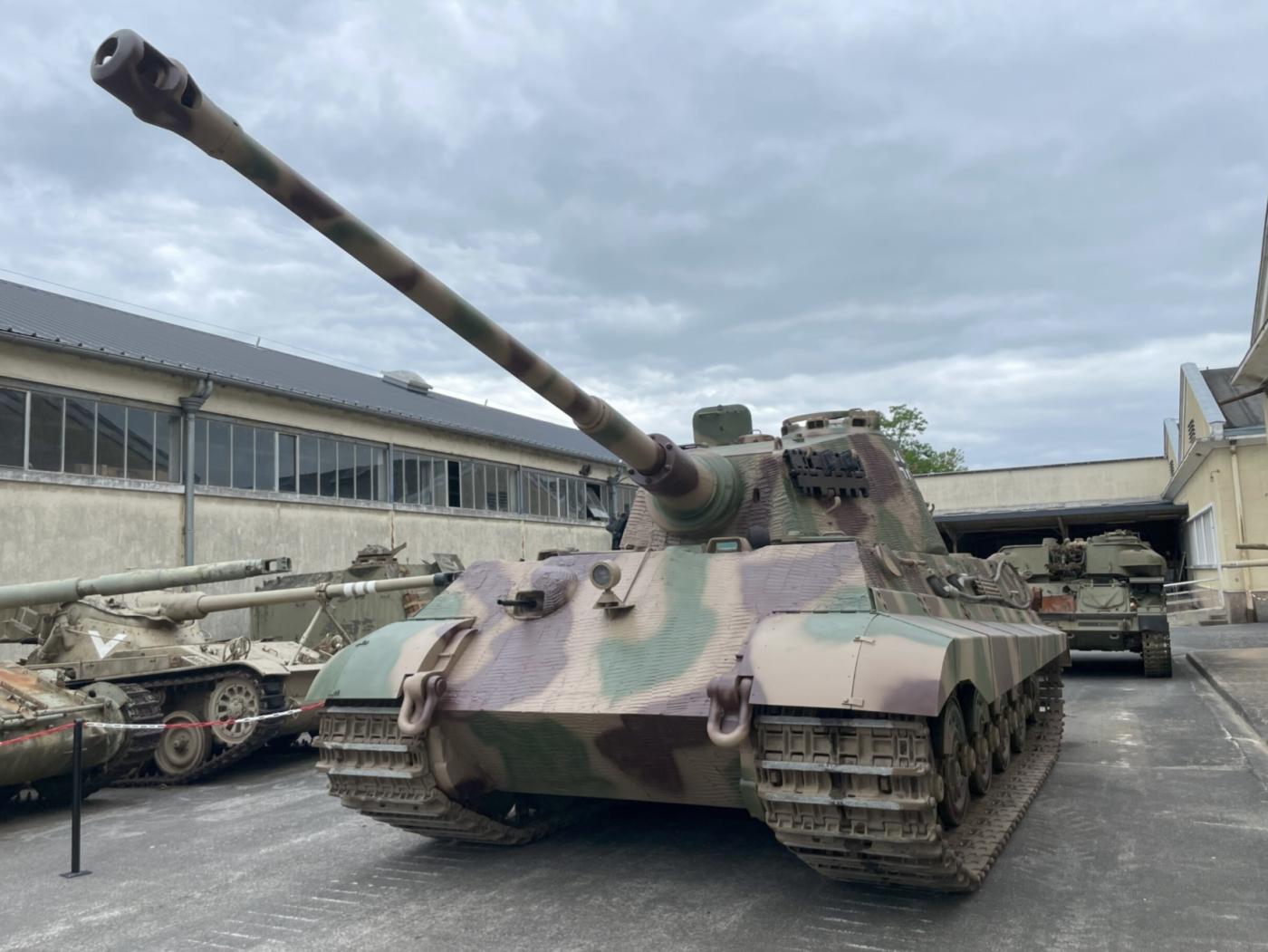
King Tiger Tank
The King Tiger, officially known as the Panzerkampfwagen Tiger Ausf. B, was Germany’s most formidable heavy tank during World War II. It combined the thick armor of the original Tiger I with the sloped, angled armor design inspired by the Panther tank, making it one of the most heavily protected and powerful tanks of the war. Built to outmatch Allied tanks at long range, the King Tiger quickly earned a fearsome reputation on the battlefield.
Designed primarily by Henschel & Sohn, with the turret and main gun developed by Krupp, the King Tiger emerged after a competing Porsche design was rejected due to reliability problems. Development began in 1942, and production started in early 1944. Due to the complexity of its design, resource shortages, and the effects of Allied bombing, only about 492 units were produced before the war ended.
Powered by a 700-horsepower Maybach HL230 P30 V-12 gasoline engine, the King Tiger weighed nearly 70 tons. Despite this, it could reach speeds of up to 41.5 kilometers per hour on roads and between 15 and 20 kilometers per hour across rough terrain. Its torsion bar suspension and advanced transmission allowed for reasonable mobility, but the tank was prone to mechanical breakdowns and had high fuel consumption, which limited its operational range.
The tank’s main weapon was the powerful 8.8 cm KwK 43 L/71 cannon, capable of penetrating more than 190 millimeters of armor at a distance of 1,000 meters, allowing it to destroy almost any Allied tank from afar. It also featured two 7.92 mm MG34 machine guns for secondary defense. Ammunition capacity included 86 rounds for the main gun and thousands of rounds for the machine guns.
Armor was the King Tiger’s most notable feature, with 150 millimeters of thick, sloped frontal hull armor and a turret front that was 180 millimeters thick. The sides and rear were protected by 80 millimeters of armor, while the roof and floor had 40 millimeters of thickness. This made it nearly impervious to most frontal attacks, though it remained vulnerable to hits from the sides, air strikes, and mines.
A crew of five operated the tank: the commander, gunner, and loader in the turret, along with the driver and radio operator/machine gunner in the hull.
The King Tiger first saw combat during the Battle of Normandy in June 1944, where it was deployed by elite Waffen-SS Panzer divisions. Despite its formidable power, the tank’s impact was limited by the difficult terrain, Allied air superiority, and logistical challenges. It also participated in the Mortain counter-offensive later that summer, which was an unsuccessful German attempt to cut off advancing Allied forces.
In December 1944, the King Tiger played a significant role in the Battle of the Bulge, Germany’s last major offensive in the West. Over one hundred King Tigers took part in this operation, advancing through the Ardennes forest with considerable firepower. However, shortages of fuel, mechanical failures, and determined Allied resistance prevented a decisive breakthrough.
On the Eastern Front, King Tigers fought fiercely during the Soviet advance into Poland and Hungary in late 1944 and early 1945. Notably, they were involved in the defense of Budapest, where their heavy armor and powerful guns posed a serious threat to Soviet T-34 and IS-2 tanks. The King Tigers also saw action in battles around Neisse and Silesia.
Towards the end of the war, King Tigers took part in the desperate defense of Berlin in April 1945. By this time, only a small number of tanks remained operational, but they continued to challenge advancing Soviet forces until the city fell.
Despite its impressive firepower and armor, the King Tiger had significant weaknesses. It was mechanically complex and prone to breakdowns, consumed large amounts of fuel, and its heavy weight limited its mobility and tactical flexibility. Nevertheless, its presence on the battlefield had a profound psychological impact on Allied forces, making it one of the deadliest tanks of the conflict.
Today, only about seven King Tiger tanks are known to survive worldwide. These tanks have been restored or preserved and are displayed in museums such as the Tank Museum in Bovington, England, and the Deutsches Panzermuseum in Germany. Their rarity and historical importance make them highly valued by historians and military enthusiasts alike.

